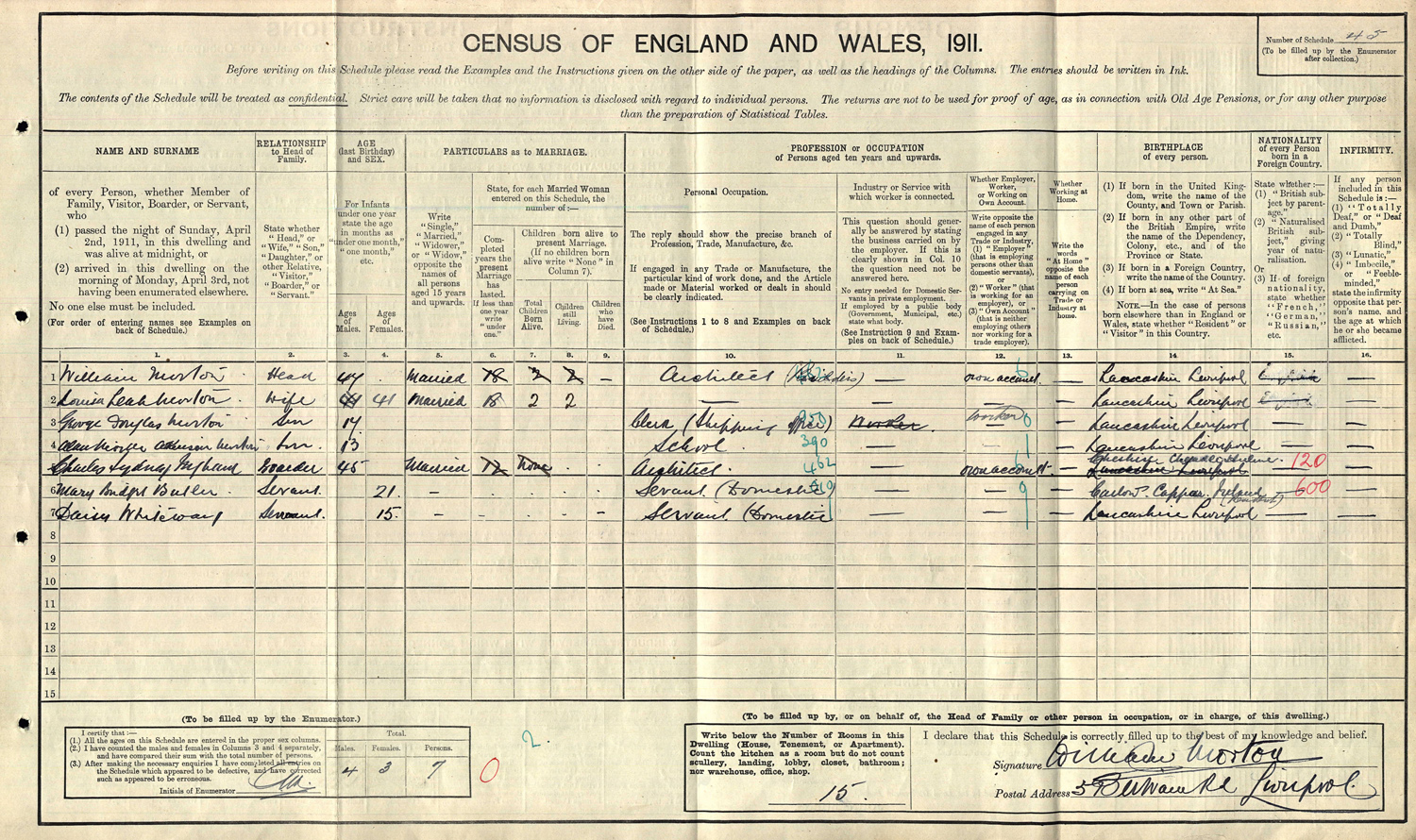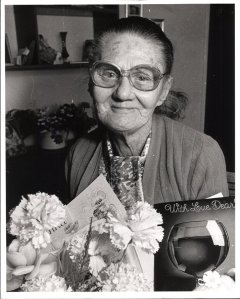Family History - Unexpected Cause of Death
I've recently been researching the Lait family, a branch of my father's family who originated from Lincolnshire and who ended their lives in Liverpool. In particular, I've been looking at details surrounding the life of my great(x2) grandmother, Mary Ann Lait (formerly Graham).
She was born in a tiny village called Raithby in Lincolnshire in 1853. Following her marriage to my great(x2) grandfather, Charles Augustine Lait, the family eventually moved to Liverpool and they had 8 surviving children.
Her death in 1904 was a tragic one, and one which surprised me when the death certificate was actually purchased and received. Instead of finding one of the more common causes for death (such as heart disease, malignant cancers, pulmonary disease and pneumonia etc.), her own was attributed to ‘shock and exhaustion due to burns received by her clothes accidentally catching fire on the 9th instant’. An inquest into her death had been held in Liverpool on 12th January 1904 but I have yet to find any further details about it.
I've since found that this was a relatively common accidental cause of death during those times, (both for adults and children), which is hardly surprising perhaps when you consider the widespread use of open fires, candles for illumination, and lack of flame-retardent materials for nightdresses and clothing in general.
Considering the hardships my great-grandmother must have faced - a country girl who brought her family up within the bustling city, having to learn to survive within basic slum dwellings and yet successfully helping to raise 8 children - to end her life in such a way is a tragedy indeed.
In all my years of researching my family history, I've only ever had goose-pimples twice when I opened an envelope and read the contents. This was the first...


